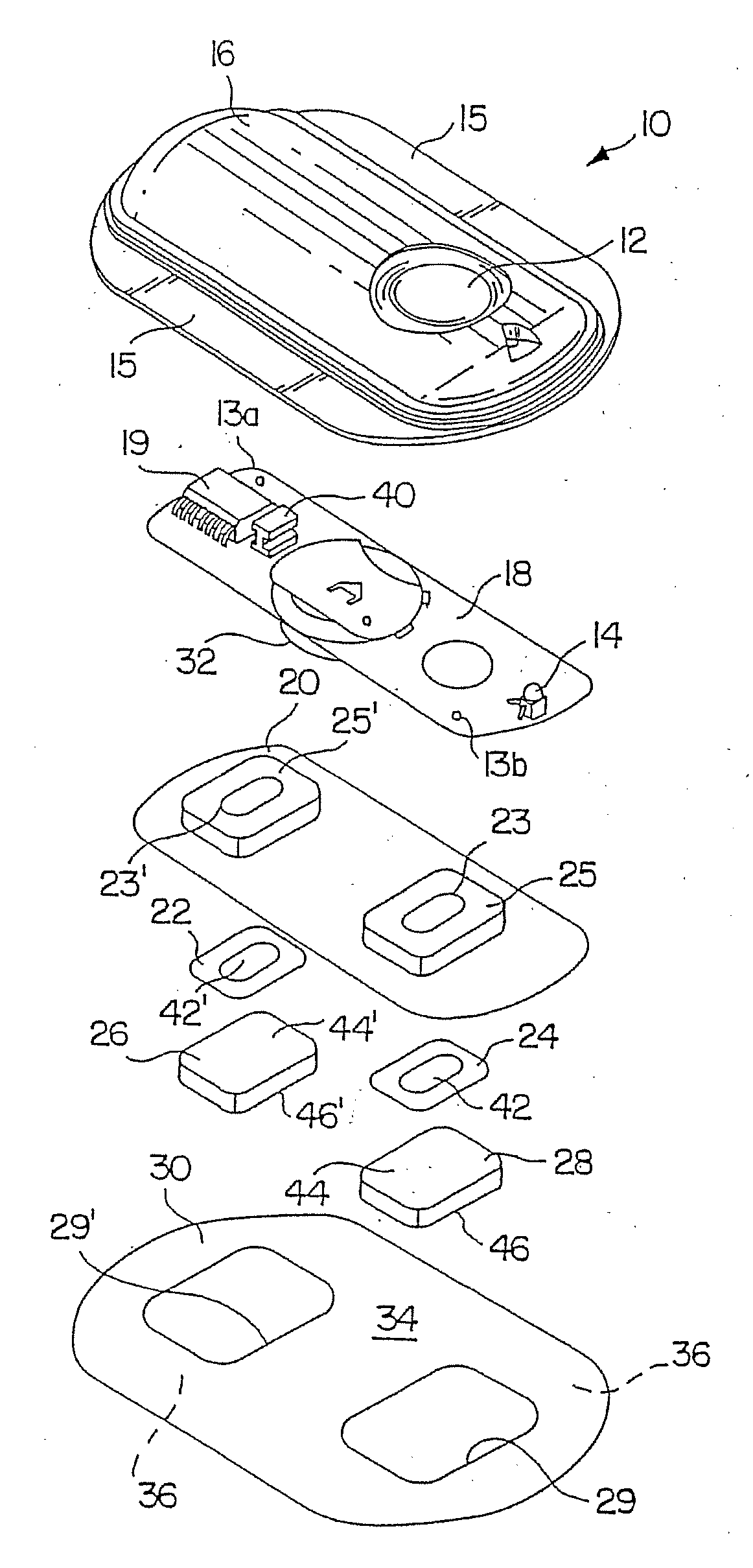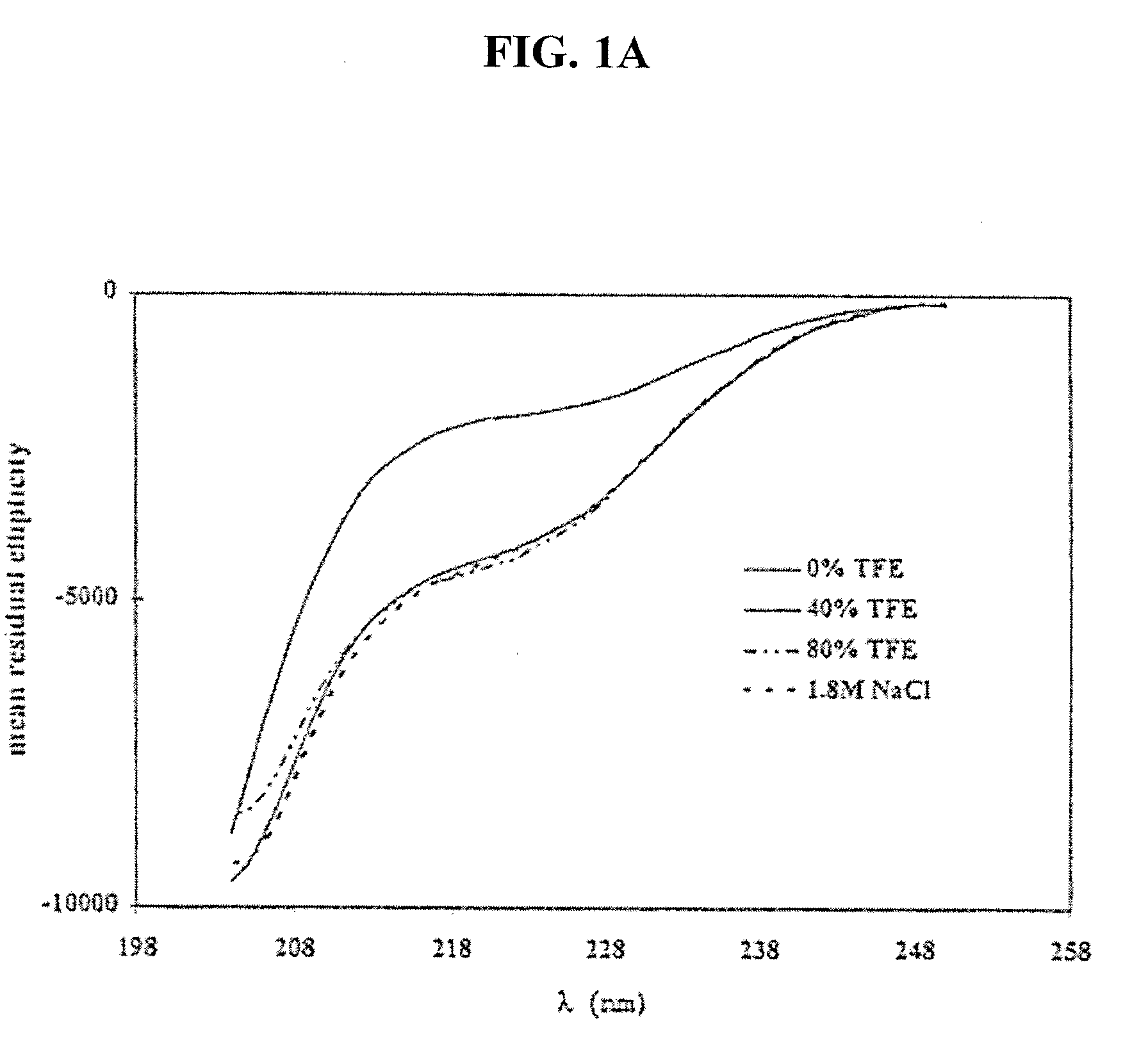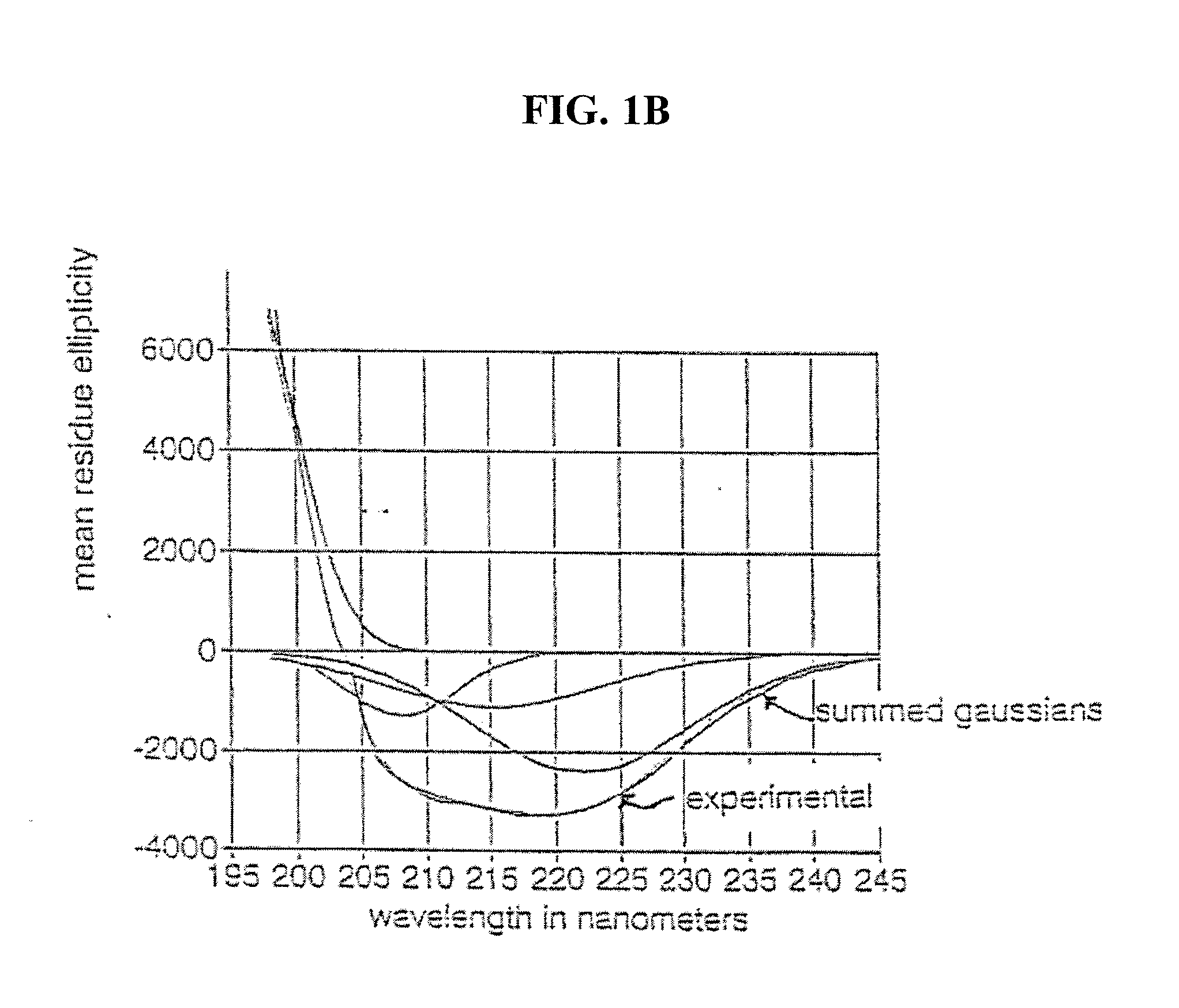Electrotransport Delivery of Nesiritide
- Summary
- Abstract
- Description
- Claims
- Application Information
AI Technical Summary
Benefits of technology
Problems solved by technology
Method used
Image
Examples
example 1
Analysis of Nesiritide by Isocratic Hydrophobic Interaction Chromatography (HIC)
[0079]Nesiritide was analyzed by isocratic hydrophobic interaction chromatography (HIC) using the conditions set forth in the table below to estimate the peptide's hydrophobicity.
DescriptionParameterColumn:Pharmacia Superdex Peptide HR 10 / 30Flowrate:0.5 mL / minDetection:absorbance at 214 nm, 258 nmTemperature:column, 32° C.; autosampler, 4° C.Injection:50 mLSolvent:pH 7.0: imidazole 10 mM ionicRetention:BNP: 4.4 ± 0.1 min; Vo: 1.9 ± 0.1 min; 4.9 ± 0.1 minSystem:ThermoSeparations
Nesiritide demonstrated high measured hydrophilicity under the conditions used in the study.
example 2
Evaluation of the Stability of Nesiritide
[0080]The stability of nesiritide at 32° C. under both donor and receptor conditions was evaluated.
Stability Under Receptor Conditions (Recovery):
[0081]The peptide was prepared in various buffer systems to select the optimal solution for use in the receptor. The detergent dodecyltrimethylammonium, with either bromide (DTAB) or chloride (DTAG) as the counter anion, was included in some buffer solutions to reduce nonspecific losses of nesiritide to surfaces. Bovine serum albumin (BSA) was also utilized, both to prevent nonspecific adsorption and to lessen possible proteolysis. The buffer systems evaluated were imidazole, pH 7.0, 10 mM ionic with 15 mM NaCl, and the same solution also containing either 0.5% detergent or 0.1% BSA. The buffers were compared to nesiritide in HPLC grade water, unbuffered (pH −5) with 15 mM NaCl. The concentration of peptide chosen for the recovery studies approximated the amount expected to accumulate in the recepto...
example 3
Sedimentation Equilibrium Analytical Ultracentrifugation (XLA) of Nesiritide
[0085]Nesiritide's tendency towards self-association was assessed using sedimentation equilibrium analytical ultracentrifugation (XLA). An increase in the concentration of peptide in the donor formulation usually is expected to produce an increase in the rate of transport. With many peptides, raising the peptide concentration in solution will also heighten any tendency toward self-association. The conditions of the donor formulation are selected to maximize delivery and minimize aggregation. The development of peptide aggregates in solution can be determined directly by analytical ultracentrifugation. The sensitivity of detection requires at least 5% of the peptide exist as an aggregate.
[0086]Solutions of nesiritide at pH 6 and 7, (10 mM ionic imidazole) and pH 8 (10 mM ionic serinamide) were analyzed by sedimentation equilibrium ultracentrifugation. Samples were centrifuged to equilibrium at 44,000 rpm at 3...
PUM
 Login to View More
Login to View More Abstract
Description
Claims
Application Information
 Login to View More
Login to View More - R&D
- Intellectual Property
- Life Sciences
- Materials
- Tech Scout
- Unparalleled Data Quality
- Higher Quality Content
- 60% Fewer Hallucinations
Browse by: Latest US Patents, China's latest patents, Technical Efficacy Thesaurus, Application Domain, Technology Topic, Popular Technical Reports.
© 2025 PatSnap. All rights reserved.Legal|Privacy policy|Modern Slavery Act Transparency Statement|Sitemap|About US| Contact US: help@patsnap.com



